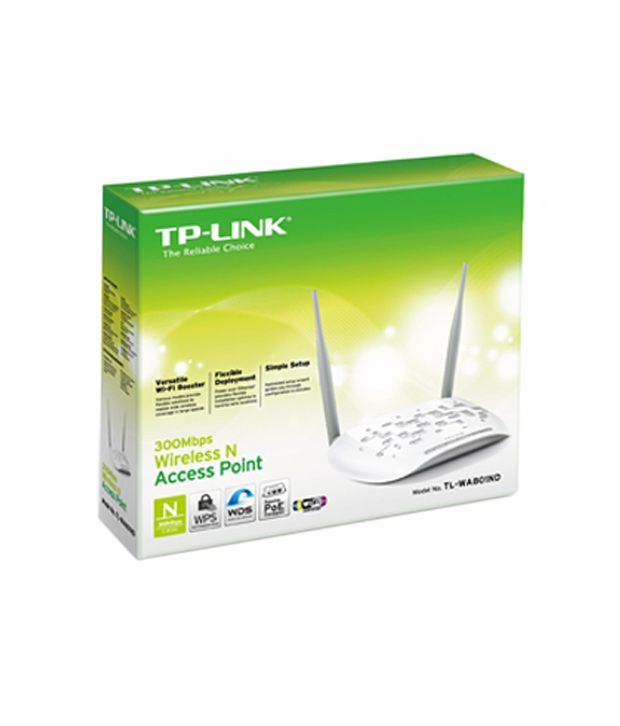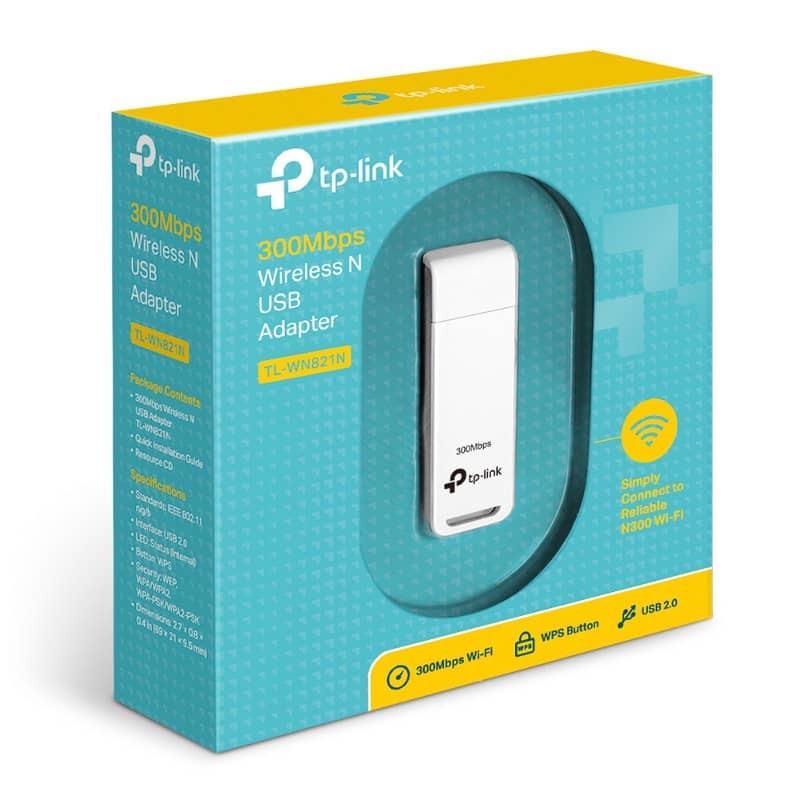
In most cases, you will need to reboot your computer in order for the driver update to take effect. Locate the device and model that is having the issue and double-click on it to open the Properties dialog box.Ĭlick the Update Driver button and follow the instructions. In Windows XP, click Start -> Control Panel -> Performance and Maintenance -> System -> Hardware tab -> Device Manager button In Windows Vista, click Start -> Control Panel -> System and Maintenance -> Device Manager

In Windows 7, click Start -> Control Panel -> Hardware and Sound -> Device Manager In Windows 8, swipe up from the bottom, or right-click anywhere on the desktop and choose "All Apps" -> swipe or scroll right and choose "Control Panel" (under Windows System section) -> Hardware and Sound -> Device Manager In Windows 11, Windows 10 & Windows 8.1, right-click the Start menu and select Device Manager It allows you to see all of the devices recognized by your system, and the drivers associated with them. To install a driver in Windows, you will need to use a built-in utility called Device Manager.

Good days.Once you download your new driver, then you need to install it. How to Manually Install Adapters on Windows 10?įeel free to ask if you have any questions in regard to using the TP-Link adapter on Windows 11, we will keep the thread updated. Method 2: Manually Update Drivers with Device Manager as the guide showing below: Method 1: Download the official driver and run Setup.exe, follow the prompt instructions to install the driver. Q3: How to install or update the driver on Windows 11? Find the link to lenovo support, should be around the 4th in the list.

This thread aims to answer some of the most common questions about using our TP-Link adapters on Windows 11.Ĭlick to check Windows 11 Compatibility for TP-Link Network Adapters With the brand-new Windows 11 system rolling out since Nov 2021, we have seen lots of our users inquiring if the TP-Link network adapters could work on their new system.


 0 kommentar(er)
0 kommentar(er)
